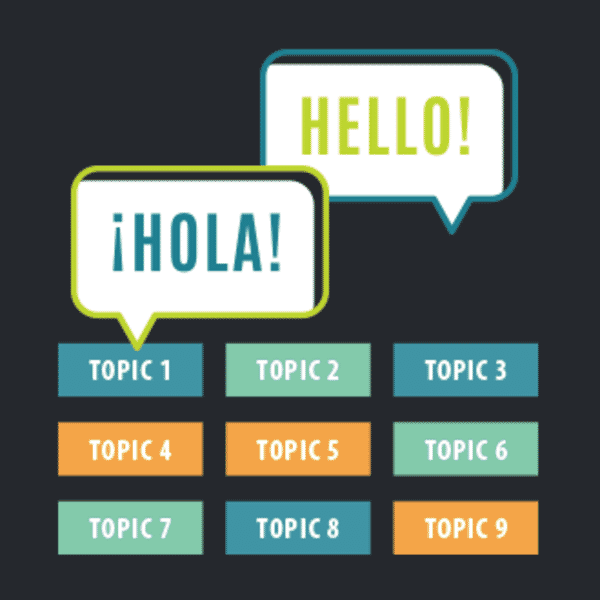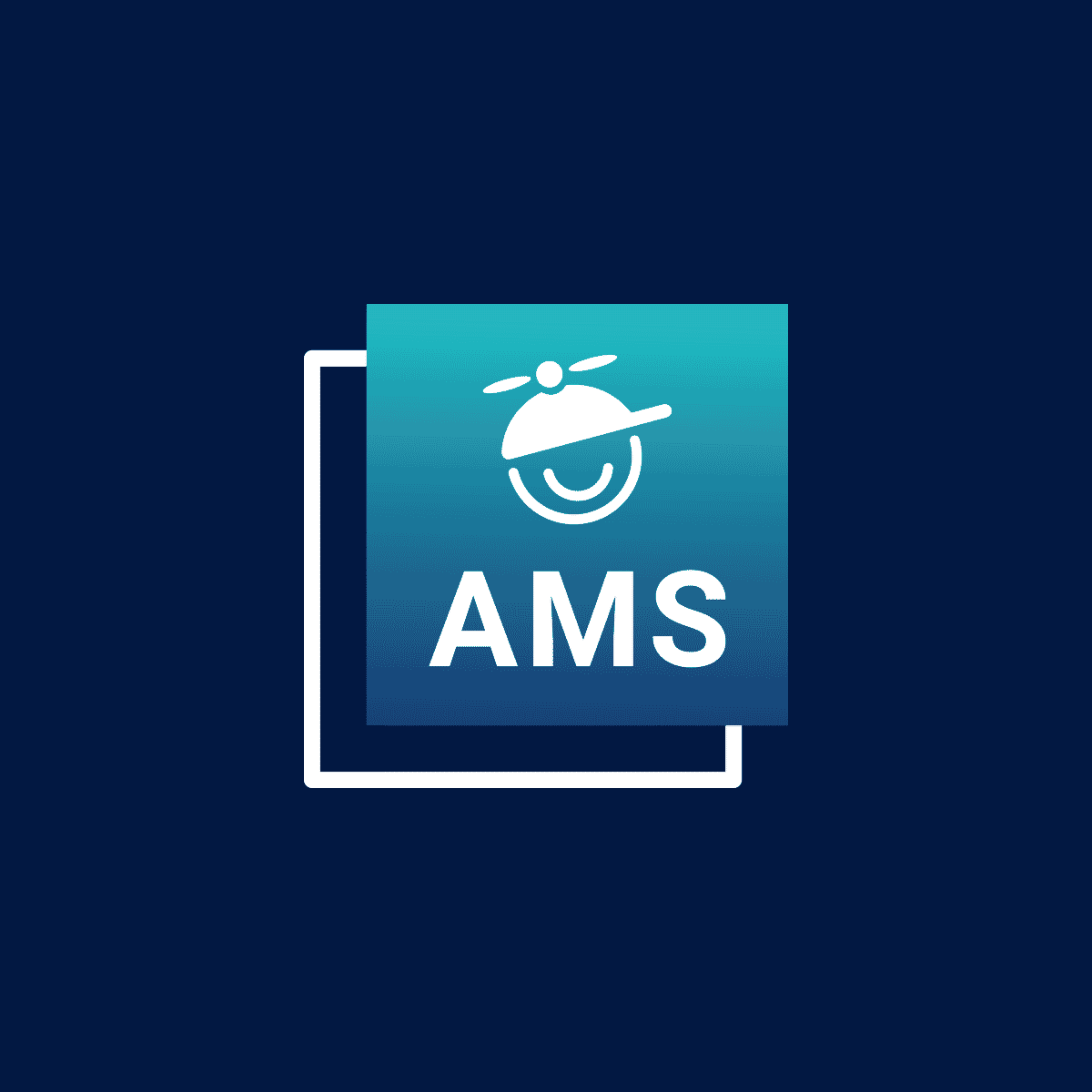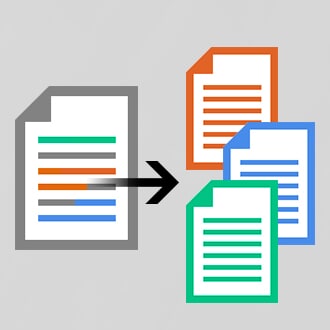More and more of my customers are moving to a topic-based approach to content development. And it makes sense. There are many benefits to creating content in a modularized environment. Among the most important are:
- Increased control of the content
- Content reuse
- Separation of words and format
These benefits are realized in many areas:
- Creating content
- Managing content
- Translating content
- Distributing content
In this article, we focus on the benefits of topic-based authoring in translation, particularly how it complements technical translation services by enhancing the efficiency and accuracy of translating complex content.
Modularized Content and Translation
Some of the many benefits of a topic-based approach to content authoring include the ability to manage content, reuse content, and keep content consistent. It is easier to write, easier to review, and easier to translate.
Simply put, consistent source content produces consistent translated content. When content is easier to read, it is easier to translate.
There are a number of reasons for this. First, when content is easy to read, it removes a lot of guesswork for the translator. Removing the guesswork from the source content results in accurate translations the first time. When translations are accurate, the review process is quick and easy. There is no need for the reviewer and the translator to iterate. This saves time and money, while producing better translations.
Another benefit of topic-based content and translation is context. The context of a translated sentence (or segment) is the sentence or sentences that preceded and follow it. When contexts are consistent, translations follow a similar, consistent pattern.
For example, when all hardware installation guides follow the same structure, the translations also follow a consistent structure. It sets an easy to follow expectation. This alleviates guesswork in translating sentences and provides a solid base for all translations.
Content Reuse and Translation
Using this approach, content is authored by way of small chunks, called topics. These chunks are designed to be written once and reused wherever needed. Using a topic-based approach to creating a hardware installation guide (for example) provides many opportunities for content reuse.
For example, instructions on how to access the corporate knowledgebase are probably the same for each hardware installation guide. Information on how to contact technical support, is likely reusable. Even basic installation steps, such as how to mount the chassis in a rack, might be reusable.
During the translation process, you only need to translate content that is new or changed. If you reuse a chunk of content, as is, in multiple places, you can reuse the translations of that content, as well. Reusing translations can result in a significant cost savings.
For example, let’s say that your chunk of reusable content contains 300 words. And let’s say that you translate into 14 languages. The initial translation will cost:
300 words * 14 languages * cost per language
To fill in some imaginary, but reasonable numbers:
300 words * 14 languages * $.15 per word (as an average) = $630 per chunk
Your document could have hundreds or even thousands of chunks. Any time you can reuse the existing translation of an entire chunk of content, you pay nothing to include that chunk in your final, translated document. This is because you have preserved not just a sentence or segment, you have also preserved the context – the sentences before and after.
Over time and languages, the cost savings from not having to translate reused content add up to “real money.”
Separation of Content and Format
Another beneficial aspect of topic-based authoring content is the separation between the content and the format.
Unlike writing in a linear based tool, such as Microsoft Word, when you author using a topic-based approach you are not tied to the way the content is formatted. Instead, you can apply different style sheets that format the content differently, depending on their definition. This helps to keep the content separate from its presentation, which is very important when it comes to single-sourcing.
For example, a style sheet that is designed for content that is going to be printed might have definitions such as:
- Heading1: Arial, 16pt, bold, black, left-justified
- Heading2: Arial, 14pt, bold, black, left-justified
- Heading3: Arial, 12pt, bold, italic, blue, left-justified
Those same elements or tags for content that is going to be viewed on a tablet might have definitions such as:
- Heading1: Arial, 10pt, bold, black, centered
- Heading2: Arial, 10pt, black, left-justified
- Heading3: Arial, 9pt, italic, blue, left-justified
This is a conceptual example, of course, and not the way a style sheet is actually programmed. But, you get the idea. You can change the definition of the tag (Heading1, Heading2, Heading3) quickly and easily, without changing the content.
The separation of content from format has benefits for translation. Like the author, the translator is concerned with translating only the text and does not have think about the way the text will be formatted for the screen or page.
In addition, different languages can use different style sheets that better match the specifics of the language.
For example, when content is translated from English to German, it takes up more space. Sometimes, the German translation can be 30% larger than the original English source. You might decide to apply a different style sheet to each language. The German version could use a smaller font size to fit in the same space. Or the layout might change in other ways to meet the needs of the content. It is much easier to manipulate the format using a style sheet than to individually format each piece of translated content.
Content reuse goes hand-in-hand with the separation of content from format. The combination of the two allows the same content chunk to be repurposed for different publishing channels. The resulting cost and time savings is filtered down to all of the translated versions.
Summary
There are many reasons to use a topic-based approach if you are embarking on a translation journey. A topic-based approach makes content easier to create, easier to manage and, easier to read. It also increases content consistency. It makes content reusable. And it separates the content from the format of the final asset. Consistency, reuse, and separation from format have a large, resulting impact on the quality, cost, and consistency of translation.










